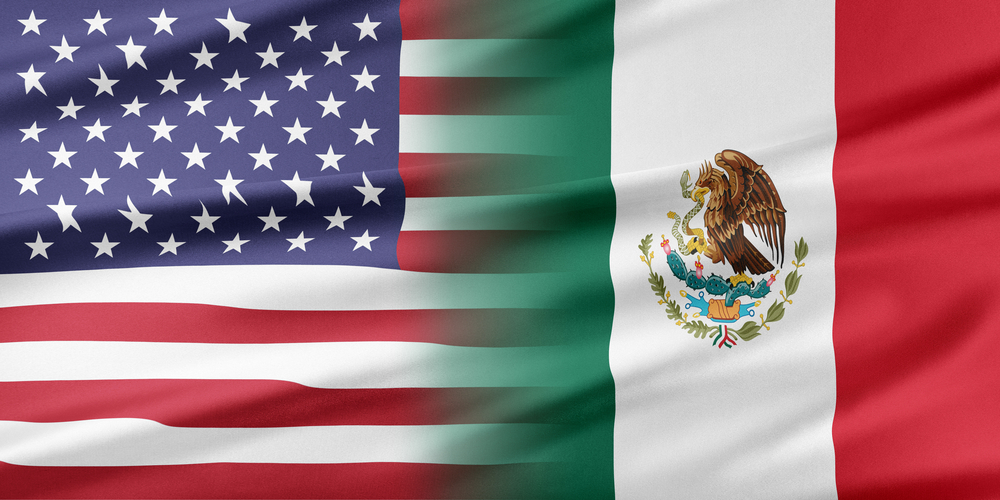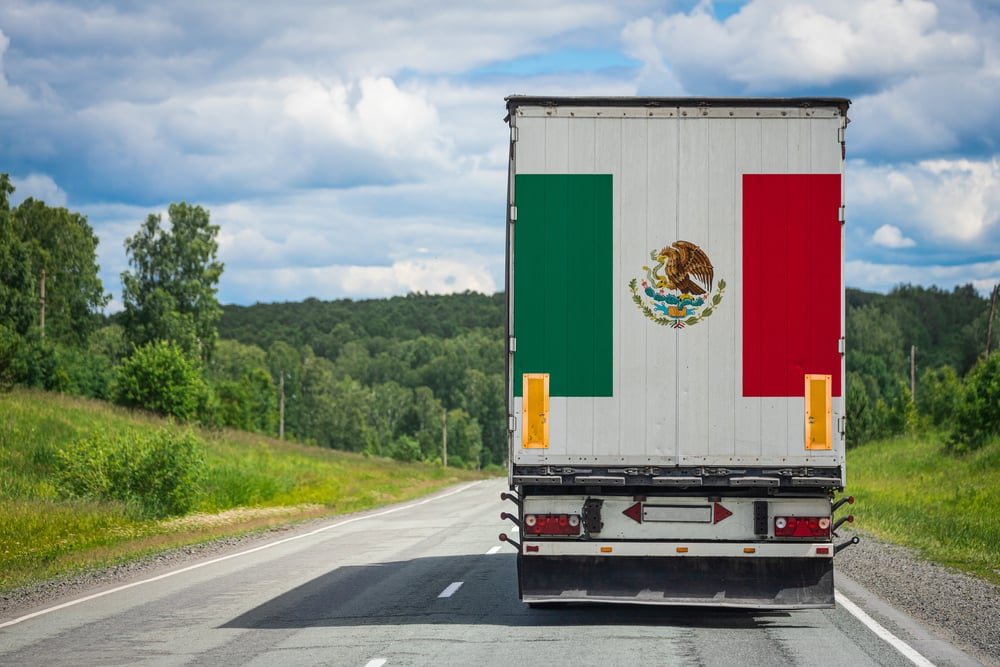Mexico has join talks related to the Trans-Pacific Partnership (TPP), also known as the Trans-Pacific Strategic Economic Partnership Agreement, is a multilateral free trade agreement that seeks to advance liberalization of the economies within the Asia-Pacific region.
Ongoing negotiations began in 2007. They are aimed producing an expanded version of the agreement, which will include a larger group of countries. Mexico will eventually be amongst them.
The United States entered into talks with the Trans Pacific Partnership members in February 2008 regarding the liberalization of trade in financial services. In September 2008, it was announced that the U.S. would begin negotiations with the to join the TPP, and scheduled the first round of talks for early 2009.
In November 2008, Australia, Vietnam, and Peru declared that they would be joining the trade bloc, followed by Malaysia’s announcement that it had joined the Trans Pacific Partnership negotiations in October 2010.
On June 18, 2012 the Office of the USTR announced that Mexico had been invited to join the negotiations on the joining the free trade bloc. One day later, Canada announced that it had joined the TPP negotiations. Canada had become an observer in the TPP talks two years earlier, but was not committed to join because the U.S. and New Zealand blocked it admission. This was due to concerns over Canadian agricultural policy and intellectual property rights protection issues. The decision to accept Mexico’s application to join the Trans Pacific Partnership was jointly made by the nine countries currently negotiating the TPP pact - The U.S., Australia, New Zealand, Peru, Chile, Singapore, Malaysia, Vietnam and Brunei, U.S. officials said.
Potential members also include South Korea, Japan, Taiwan, and the Philippines.
Mexico was welcomed to join talks aimed at reaching an Asia Pacific free trade agreement as the second largest export market to the U.S. Mexico is New Zealand’s largest goods trading partner in Latin America. It is a significant market of interest for trade and investment from that country; the inclusion of Mexico in Trans Pacific Partnership will drive the economic relationship forward, and is consistent with the goal of expanding markets for New Zealand’s exports and investments.
This is great news for Mexico. Entrance into TPP by Mexico will expand its economy and create more jobs. This is one of the free trade initiative would advance the amalgamation of the Asia Pacific region, one of the world’s most dynamic in terms of global trade.
Mexico’s manufacturing industry will also be positively affected by the Trans Pacific Partnership, since the country will continue to expand its economy and generate more sources of employment for its citizens. Mexico’s interest in the TPP reflects its recognition that the agreement presents the most promising pathway to boosting trade across the Asia Pacific and to encouraging regional trade integration.
Mexico already has a trade deal with the U.S. (NAFTA), and a similar agreement with the European Union. The move to join the Trans-Pacific Partnership shows how this new treaty may eventually turn into a significant means by which to organize the structure of global trade. The proposed TPP agreement is part of a broader U.S strategy to link its economy to fast-growing markets in the Asia Pacific region. The countries involved in the talks are pursuing an agreement that has higher standards in areas such as labor; environment and intellectual property rights protections than previous trade accords and also reduces regulatory barriers to trade.
Japan’s possible entry has raised the most concern in the U.S. because of doubts that Tokyo is really prepared to significantly open its auto, agriculture and services markets to foreign competitors.
Subscribe
Sign up and stay informed with tips, updates, and best practices for manufacturing in Mexico.





